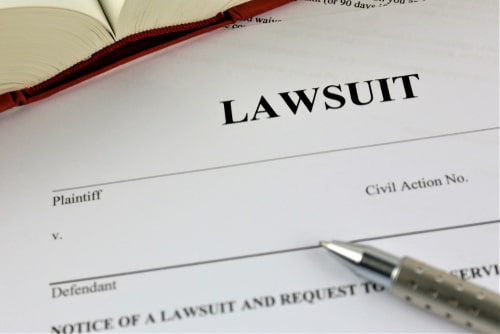While advances in technology have greatly improved vehicle safety, severe injuries still occur in Virginia car accidents. When an individual’s injuries are the result of the fault of another person, it is possible for that individual to file a personal injury lawsuit. A difficult, but important, part of a personal injury damage award to determine is an individual’s pain and suffering. It is critical to note that a victim only has two years from the time of the accident to file a lawsuit, which is known as the statute of limitations.
What Is Pain and Suffering?
Pain and suffering is a form of non-economic damage, which means, unlike some of the victim’s other losses, it is not readily quantifiable. Pain and suffering may be requested as part of a Virginia personal injury claim, in addition to other damages, such as medical expenses and loss of income. There are two forms of pain and suffering: physical and mental. Physical pain and suffering involves a person’s actual physical injuries, like pain or discomfort.
Mental pain and suffering involves the negative emotions that are connected with physical pain, or the trauma associated with the accident and the injuries that result. These emotions may include, but are not limited to, mental anguish, emotional distress, fear, anger, humiliation, or anxiety. If the mental pain and suffering is severe enough, it may result in posttraumatic stress disorder (PTSD).
Calculating Pain and Suffering
Because pain and suffering is subjective, it can be difficult to value. Different individuals will respond differently to injuries and trauma they experience. As a result of the subjective nature of valuing pain and suffering, it is common that the judge will not have specific guidelines to give to the jury should the case go to litigation. As a result, it is critical to present as much evidence as possible to best convey to the jury the pain and suffering endured.
One way to determine the value of pain and suffering is to multiply the total medical bills and lost earnings (known as actual or special damages) by some factor, usually between 1.5 and four. For example, if an individual’s actual damages are $50,000 and the multiplier is two, the pain and suffering award would be $100,000. The multiplier is usually determined after considering various factors, like the severity and long-term health consequences of injuries sustained.
There are some other factors that can affect a plaintiff’s pain and suffering award, including:
- Whether the plaintiff is credible
- Whether the plaintiff’s testimony relating to his or her injuries remains consistent
- Whether the opinion of the plaintiff’s physician supports the plaintiff’s claims of pain and suffering
Contact a Virginia Injury Attorney
If you have been injured in an accident, a seasoned Virginia car accident attorney from Shapiro, Washburn & Sharp can calculate how much you are entitled to in compensation from the at-fault party and can also pursue that claim for you. Call our office today to schedule a free and confidential consultation.
RELATED CONTENT
- How Accident Victims Receive Compensation for Economic Damages Through Insurance Claims and Personal Injury Lawsuits
- How a Personal Injury Attorney Calculates Fair Compensation for Pain and Suffering
- What Types of Evidence Do Personal Injury Lawyers Use to Substantiate Claims for Pain and Suffering?
